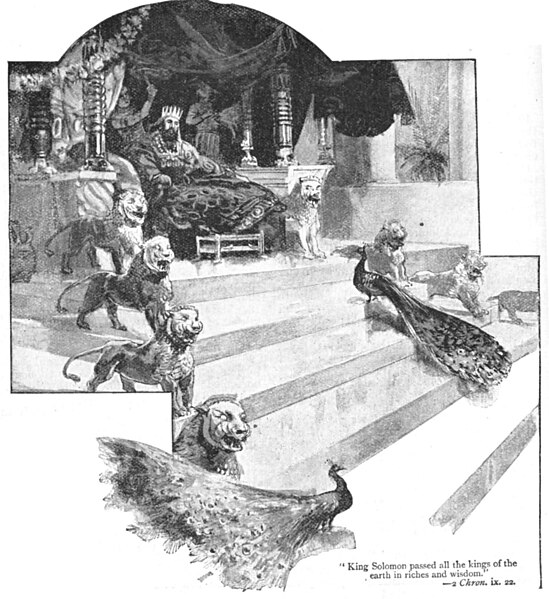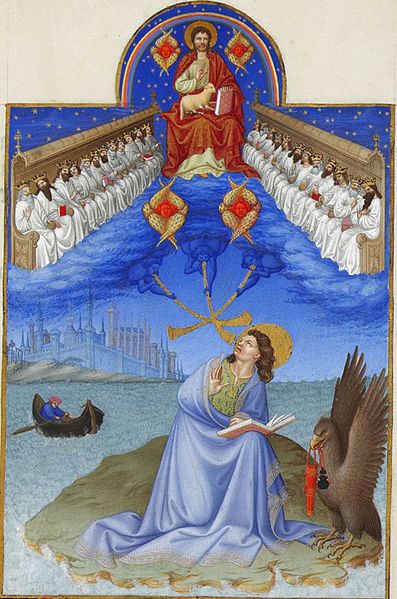The Dragon Throne was the throne of the Emperor of China. As the dragon was the emblem of divine imperial power, the throne of the Emperor was known as the Dragon Throne. The term can refer to very specific seating, as in the special seating in various structures in the Forbidden City of Beijing or in the palaces of the Old Summer Palace. Metonymically, "the Dragon Throne" can also refer to the Chinese sovereign and to the Chinese monarchy itself. The Daoguang Emperor is said to have referred to his throne as "the divine utensil.""My sacred and indulgent father had, in the year that he began to rule alone, silently settled that the divine utensil should devolve on my contemptible person. I, knowing the feebleness of my virtue, at first felt much afraid I should not be competent to the office; but on reflecting that the sages, my ancestors, have left to posterity their plans; that his late majesty has laid the duty on me -— and heaven's throne should not be long vacant -— I have done violence to my feelings, and forced myself to intermit awhile my heartfelt grief, that I may with reverence obey the unalterable decree and on the 27th of the 8th moon, I purpose devoutly to announce the event to heaven, to earth, to my ancestors, and to the gods of the land and of the grain, and shall then sit down on the imperial throne."

The Dragon Throne of the Emperor of China, pictured here in the Palace of Heavenly Purity, was erected at the center of the Forbidden City, which was itself regarded as the centre of the world. The series of gates and passages a visitor had to pass through before reaching the emperor was intended to inspire awe.
A throne is the seat of state of a potentate or dignitary, especially the seat occupied by a sovereign on state occasions; or the seat occupied by a pope or bishop on ceremonial occasions. "Throne" in an abstract sense can also refer to the monarchy itself, an instance of metonymy, and is also used in many expressions such as "the power behind the throne".
Fanciful depiction of Solomon on his throne
Stone relief depicting Xerxes the Great seated on a throne
Vision of John of Patmos from the Book of Revelation (4:4)—four seraphim surround the throne of Christ, twenty-four elders sit on thrones to either side (Très Riches Heures du Duc de Berry)
Throne of the ecumenical patriarch of Constantinople in the Phanar, Istanbul. On the dais the Gospel is enthroned on a curule chair, in front of it, lower down is the patriarch's throne.





